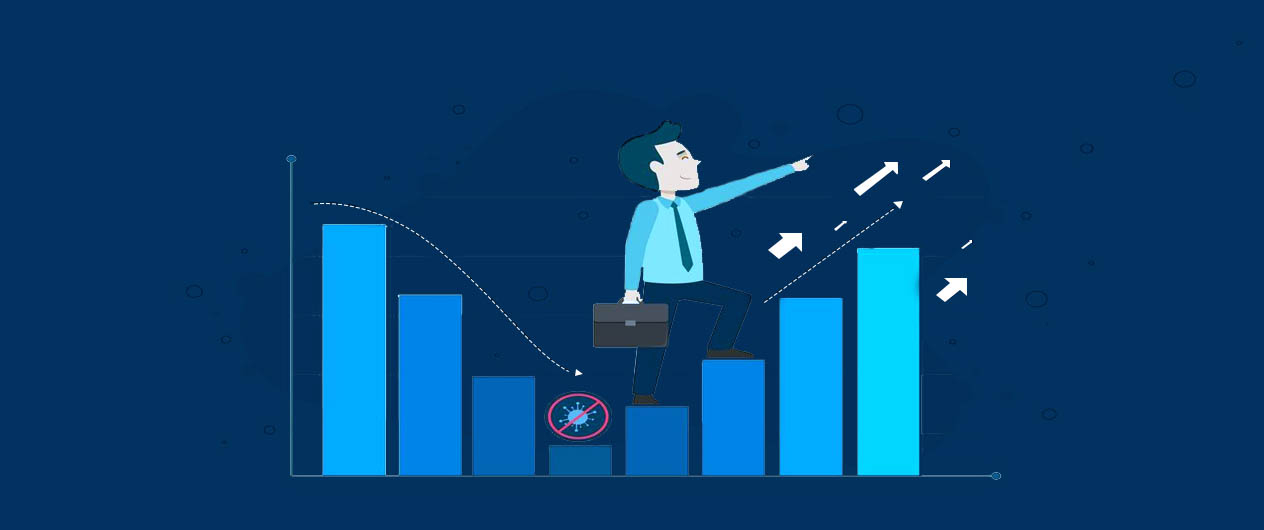Following a year of distress, Saudi Arabia economy back on growth path

Marmore Team
17 August 2021
Saudi Arabia economic growth as evidenced by its real GDP grew by 1.5% in Q2 2021 as compared with the same period last year, registering its first quarterly economic expansion since the start of COVID-19 pandemic early last year. Economic growth in Saudi Arabia was led by 10% increase in the non-oil sector (Q2, 2021 yoy basis), according to data from the General Authority for Statistics. While the government sector saw 0.7% growth, the oil sector recorded a decline of 7%. On a sequential basis, GDP expanded by 1.1% (Q2 2021 vs Q1 2021). This was led by the oil sector which grew 2.5% and the non-oil sector adding 1.3%. The government sector contracted by 2.6% in Q2 compared to Q1.
The annual growth, particularly for real non-oil GDP, reflects the low base from last year due to the COVID-19 pandemic. The quarterly GDP growth in Q2 2021 points to a pick-up in activity, with the oil sector benefiting from higher production. The oil sector is expected to further benefit in the coming months after OPEC and its allies, referred to as OPEC+, agreed to restore production to pre-pandemic levels gradually starting from this month.
With economic momentum expected to further pick up pace over the second half of this year, economists have upgraded their growth forecasts for Saudi Arabia. The London-based consultancy Capital Economics has pencilled in GDP growth of 4.8% this year and 6.3% in 2022. This is much stronger than forecasts made by other agencies. The International Monetary Fund (IMF) expects Saudi Arabia's economy to grow by 2.4% this year, after the KSA economy contracted 4.1% in 2020 due to the twin shocks of the COVID-19 pandemic and lower oil prices. Fitch ratings which raised Saudi Arabia’s outlook last month, expects Saudi Arabia GDP growth to average 3% from 2021-2023.
Saudi Arabia is trying to boost its non-oil sector through a multi trillion-dollar spending push that will require state companies to cut dividends they pay the government to boost capital spending. Crown Prince Mohammed bin Salman, architect of the Saudi Vision 2030 programme, has said the state-backed Public Investment Fund (PIF) will pump at least 150 billion riyals (USD 40 billion) into the local economy each year through 2025 by divesting some of the many investments it has made around the world.

Stay Tuned To Marmore MENA Insights!
Never miss a patch or an update with Marmore's Newsletter. Subscribe now!
Related Article
The uptick in MENA Eurobond issuances – A sign of things to come?
MENA debt issuances have touched record highs in Q1 2025. Will the uptick continue in subsequent quarters?
Read MoreKuwait’s Approval of Public Debt Law: Re-emerging on Investors’ Radar
Kuwait has passed the long-awaited debt law in March 2025. The blog explores the importance of the law, the expected benefits and outlook for the countrys return to debt markets.
Read MoreThe Dynamic Rise of Fintech in the GCC
The convergence of technology and finance is reshaping the GCC Financial Ecosystem. The blog explores key players, regulatory framework and market dynamics of Fintech in the GCC region.
Read More



